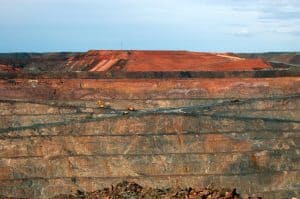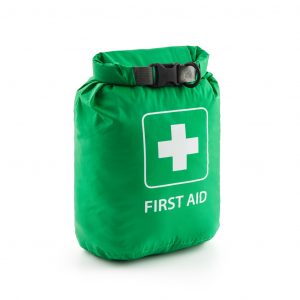 The first lot of anonymous submissions to Australia’s Independent Review of Work Health and Safety Laws is an interesting mix.
The first lot of anonymous submissions to Australia’s Independent Review of Work Health and Safety Laws is an interesting mix.
One seems written by a regional paramedic calling for increased prescription of workplace first aid requirements. There are complaints about the contents of first aid kits which should have been addressed by the occupational health and safety (OHS) option of providing equipment to meet the results of a first aid needs analysis about which the submitter says:
“The recommendation to add additional items based on an appropriate risk assessment is almost, to my knowledge, never completed.”

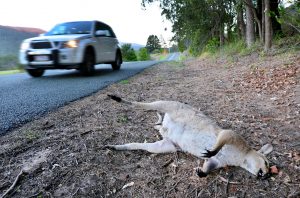
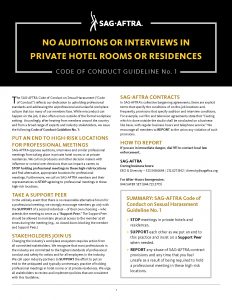
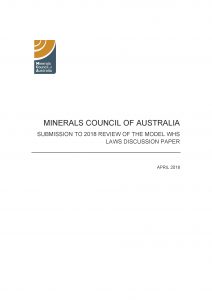 The
The 